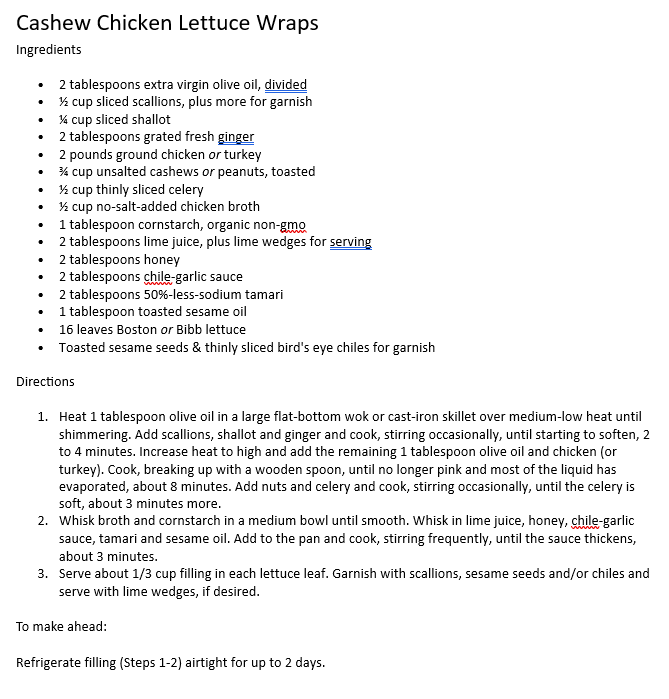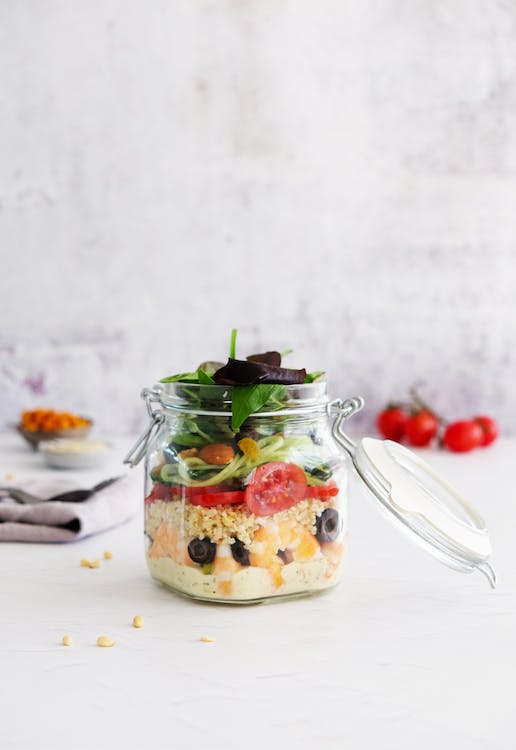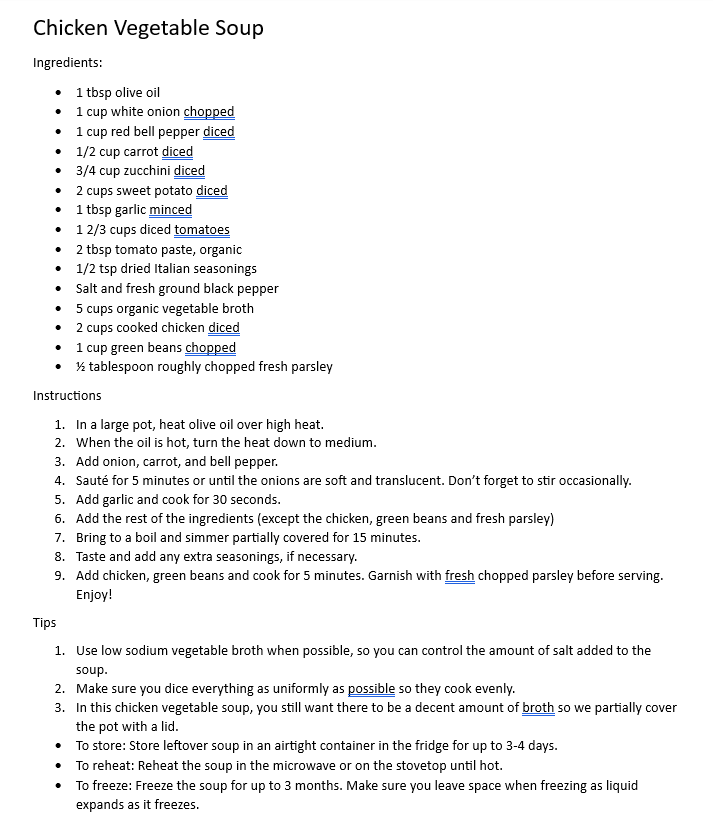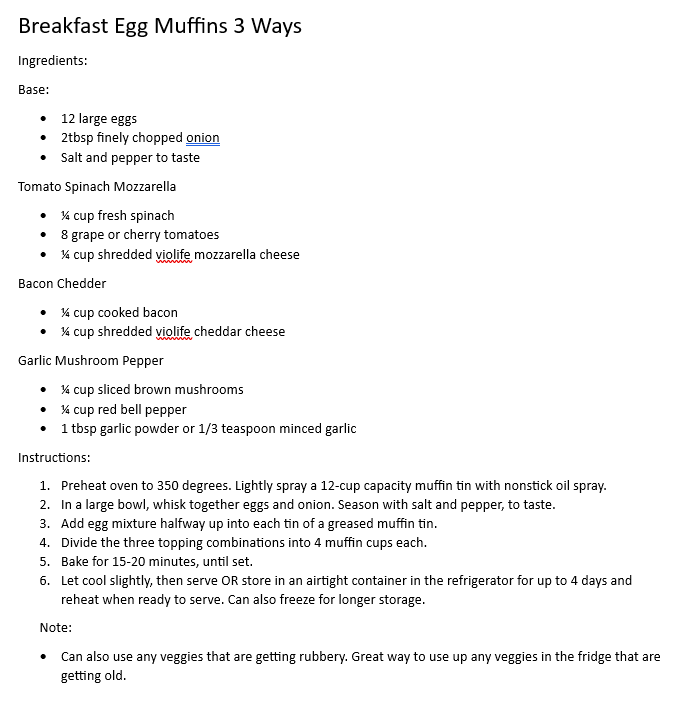|
Embrace the New Year as an opportunity for self-transformation. Often, we make promises to ourselves but struggle to follow through amidst our busy lives and other priorities. We tend to neglect self-care and self-love. However, you are the only one who truly understands your body, its needs, and what brings you joy.
We're aware that our bodies thrive on wholesome nutrition and regular physical activity, yet we often relegate our health to the sidelines. But let's ponder this: without good health, how can we keep up with our kids or, better yet, our grandkids? How can we travel or enjoy our favorite activities? It's time to prioritize our health because, ultimately, it's the foundation for a fulfilling life. You might be hesitant, wanting to focus on other things rather than your health. But consider this – small changes can yield significant results. A single change can lead to a cascade of positive transformations, eventually becoming a lifestyle. Perhaps it starts with a new activity like swimming, dancing, or hiking. Maybe it begins with cutting out sugary drinks or unhealthy snacks. Remember, everything in life requires time and effort, but it all starts with taking that first step. Are you ready to take that first step toward a healthier, happier you?
0 Comments
Gluten Free Thai Chicken Wraps
Ingredients Grilled Chicken Thighs
You can use a creamy almond butter or peanut butter in its place. Start by adding 1 tablespoon of water and mix until smooth throughout. If you'd like your sauce thinner, add another tablespoon. Basic Gluten Free Pizza Dough
EQUIPMENT
MAKE THE PIZZA DOUGH.
5 Mix & Match Mason Jar Salad recipes
Ingredients
Balsamic dressing
Overnight Oats
Ingredients: Base Recipe
Apple Pie
Chia Jam Recipe
Thriving Through the School Year: Your Guide to a Healthy Lifestyle
As the school year kicks off, it's essential for students, teachers, and parents to prioritize their health and well-being. A holistic approach to wellness can significantly impact your performance, focus, and overall happiness. In this blog, we'll explore tips and strategies to help you remain healthy and vibrant throughout the academic journey. 1. Embrace Chiropractic Care and Education: Chiropractic care is more than just treating pain – it's about maintaining optimal spinal health. Regular adjustments can help enhance your posture, flexibility, and overall well-being. Education on proper ergonomics and posture can empower you to make conscious choices that support a healthy spine. 2. Fuel Your Body with Nutrient-Rich Foods: A balanced diet rich in whole foods is the foundation of good health. Opt for fruits, vegetables, lean proteins, whole grains, and healthy fats. Proper nutrition provides the energy you need to stay focused, active, and resilient. 3. Prioritize Quality Sleep: Quality sleep is vital for cognitive function, mood regulation, and immune support. Establish a consistent sleep schedule and create a relaxing bedtime routine. Aim for 7-9 hours of sleep each night to ensure your body and mind are well-rested. 4. Consider Supplements: In consultation with a healthcare professional, explore supplements that can complement your diet and support your health. Vitamin D, omega-3 fatty acids, and probiotics are examples of supplements that can contribute to overall well-being. RHC can provide specific recommendations for your needs. Just ask a member of the RHC Team. 5. Practice Self-Care: Amidst the hustle of school life, it's important to make time for self-care. Engage in activities that bring you joy, whether it's reading, taking a nature walk, or indulging in a hobby. Self-care nurtures your mental and emotional health. 6. Incorporate Regular Stretching and Exercise: Physical activity boosts mood, reduces stress, and supports overall health. Incorporate regular stretching and exercise into your routine. Whether it's a brisk walk, yoga, or sports, staying active enhances vitality. Did you know RHC offers group fitness classes in the morning and personal training sessions? 7. Cultivate Mindfulness: Mindfulness and meditation are powerful tools to manage stress and enhance focus. Take a few minutes each day to practice mindfulness, focusing on your breath and being present in the moment. As you embark on this new school year journey, remember that your health is an invaluable asset. By incorporating these tips into your routine, you'll be better equipped to thrive academically and personally. Whether you're a student, teacher, or parent, a holistic approach to health can lead to a happier and more fulfilling school year. Remember, your well-being matters! Wishing you all a successful and vibrant academic year ahead! With wellness and positivity, RHC Team Most laundry detergents contain toxic substances such as 1,4 dioxane, SLS/SLES, parabens, phosphates, sulfates, synthetic dyes, and optical brighteners. These chemicals can be absorbed into your body through your skin, so it is crucial to avoid them.
We researched numerous brands, including All, Seventh Generation, Tide, Persil, Gain, Earthbreeze, Arm & Hammer, Charlie's Soap, Nellies, and more. Our assessment focused on two criteria: clean ingredients, to steer clear of dangerous chemicals, and cleaning power, to ensure effectiveness. The top recommendation, ranking at #1, is CLEAN PEOPLE Laundry Detergent. This product cleans just as well as major brands but is free from 1,4 dioxane, SLS/SLES, parabens, phosphates, sulfates, synthetic dyes, optical brighteners, and other harmful substances. We make our own detergent at the clinic and at home but if that is not a feasible option for you, then CLEAN PEOPLE is my personal choice for home use due to its plastic-free composition. Coming in at #2 is Molly's Suds, which, like CLEAN PEOPLE, is made from safe and natural ingredients. Molly's Suds offers a laundry powder format that demonstrated good cleaning power in our tests. While it may be slightly less convenient than CLEAN PEOPLE's strip, it still outperforms liquid detergents and minimizes plastic use. Seventh Generation secured the third spot. Their Free & Clear formula, though fragrance-free and hypoallergenic, includes ingredients we are cautious about, such as SLS and preservatives known to cause allergic reactions. The brand's use of recycled plastic in its packaging is commendable but still contributes to landfill waste. All Free & Gentle landed in fourth place. Although it provides the cleaning power associated with the All brand, it contains synthetic ingredients like C12-15 PARETH-9, parabens, phosphates, and brighteners. Additionally, its plastic packaging and heavy weight contribute to environmental concerns and excessive CO2 emissions. Finally, Dirty Labs deserves recognition for its effective product and environmentally friendly aluminum containers. However, due to its high cost, it did not rank higher on our list. At RHC, we have opted to make our own laundry detergent using a simple combination of Epsom salt, baking soda, and essential oils. There are several reasons why we have chosen this approach, and I will explain how it aligns with our goals of cleanliness, economy, non-toxicity, and affordability.
To summarize, the top six non-toxic laundry detergents are:
|
RHC TeamStriving to share the wealth of health and wellness we can offer through as many outlets as possible. In our blog, you'll find tips, tricks, and links to good information on how to be holistically healthy. Archives
January 2024
Categories
All
|








 RSS Feed
RSS Feed